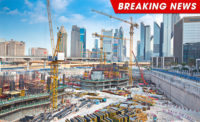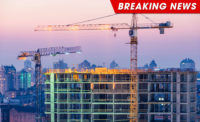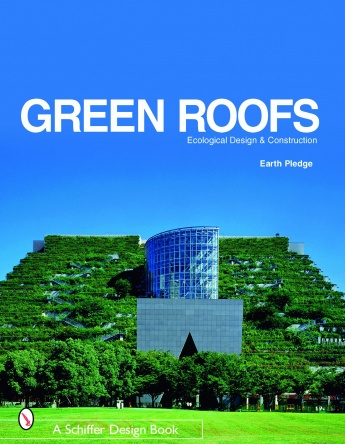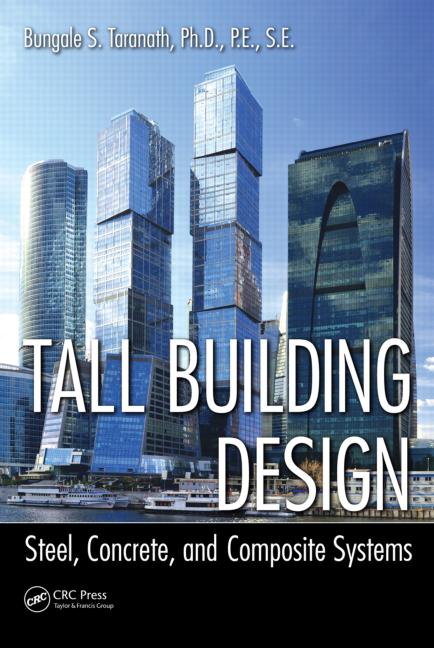USGBC Announces Top 10 U.S. States for Green Building in 2023
The U.S. Green Building Council (USGBC), the leading authority on green building and the global developer of the LEED green building program, released its annual list of Top 10 States for LEED. For the first time ever, New York ranked number one, based on LEED-certified gross square footage per capita over the past year, leading the country in green building.
New York totaled 201 newly LEED-certified projects in 2023 that encompassed more than 93 million square feet, equating to nearly 4.6 LEED-certified square feet per resident. Following behind was Illinois (3.213 square feet per capita), Massachusetts (3.210 square feet per capita), Washington (3.01 square feet per capita), and Georgia (2.56 square feet per capita). Though not officially on the list because of its status as a federal district, the District of Columbia continued to lead nationally with more than 43 certified square feet per capita.
“The LEED certification system is a vital tool for both organizations and governments seeking to create better living, working and learning spaces while addressing the urgent challenges of climate change, health and affordability,” said Peter Templeton, USGBC president and CEO. “The top 10 report highlights the remarkable progress of the public and private sectors towards reducing greenhouse gas emissions, health impacts, and operating costs in buildings across their states. USGBC applauds the Top 10 states for their leadership in adopting the readily available technologies and proven green building solutions needed to advance healthy, responsible, and equitable communities in every state.”
USGBC offers LEED and other industry-shaping resources to aide reducing greenhouse gas emissions in new and existing buildings. A new record was set in 2023 for adding the most LEED-certified gross square footage (GSF) of green building space in a single year as the world saw alarming climate impacts including record-setting temperatures and storms of increasing intensity. In total, there were more than 6,000 LEED-certified commercial projects worldwide, representing 1.36 billion GSF.
2023 Top 10 States for LEED Ranking:
Rank |
State |
Project count |
Total Gross sq ft |
Square footage per capita |
1 |
NY |
201 |
93,548,624.95 |
4.63 |
2 |
IL |
101 |
41,174,946.16 |
3.21 (3.2136) |
3 |
MA |
105 |
22,538,269 |
3.21 (3.2060) |
4 |
WA |
91 |
23,175,770.68 |
3.01 |
5 |
GA |
97 |
27,473,703.68 |
2.56 |
6 |
VA |
90 |
20,969,235.07 |
2.43 |
7 |
CA |
402 |
89,774,704.24 |
2.27 |
8 |
CO |
62 |
11.246,113 |
1.95 |
9 |
HI |
10 |
2,609,493.19 |
1.79 |
10 |
MD |
62 |
10,946,153 |
1.77 |
* |
DC |
126 |
29,677,573 |
43.04 |
In 2023, USGBC introduced a draft of its LEED v5 for Operations and Maintenance (O+M) rating system for existing buildings. LEED v5 is the newest version of LEED and marks a transformative milestone in the built environment’s alignment with a low-carbon future and addresses critical imperatives such as equity, health, ecosystems and resilience.
To underscore these imperatives, USGBC has released an embodied carbon report with RMI (founded as Rocky Mountain Institute) and published a State of Decarbonization report alongside global sustainable development firm, Arup. The State of Decarbonization report outlines key market drivers for LEED and other climate solutions.
The LEED rating system is the world’s most widely used green building program, created by USGBC as a leadership standard defining best practices for healthy, high-performing green buildings. USGBC has developed a variety of tools including educational offerings, professional credentials, and a nationwide network of local communities to make green building a more common, achievable practice.
Since it was first established in 2000, LEED’s metrics-based system has set the standard for healthy, resilient, green buildings. Additional information on the 2023 rankings, along with a listing of notable projects, can be found on our Top 10 States for LEED page.
Looking for a reprint of this article?
From high-res PDFs to custom plaques, order your copy today!



.png?height=200&t=1738247889&width=200)




